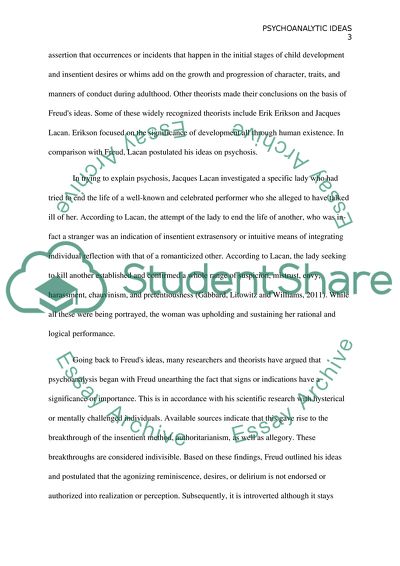Cite this document
(The History and Development of Psychoanalytic Ideas Term Paper Example | Topics and Well Written Essays - 2250 words, n.d.)
The History and Development of Psychoanalytic Ideas Term Paper Example | Topics and Well Written Essays - 2250 words. https://studentshare.org/psychology/1807730-the-history-of-psychoanalysis
The History and Development of Psychoanalytic Ideas Term Paper Example | Topics and Well Written Essays - 2250 words. https://studentshare.org/psychology/1807730-the-history-of-psychoanalysis
(The History and Development of Psychoanalytic Ideas Term Paper Example | Topics and Well Written Essays - 2250 Words)
The History and Development of Psychoanalytic Ideas Term Paper Example | Topics and Well Written Essays - 2250 Words. https://studentshare.org/psychology/1807730-the-history-of-psychoanalysis.
The History and Development of Psychoanalytic Ideas Term Paper Example | Topics and Well Written Essays - 2250 Words. https://studentshare.org/psychology/1807730-the-history-of-psychoanalysis.
“The History and Development of Psychoanalytic Ideas Term Paper Example | Topics and Well Written Essays - 2250 Words”. https://studentshare.org/psychology/1807730-the-history-of-psychoanalysis.


